1. Spam

Perhaps the most iconic wartime food, Spam became a staple for many families during WWII. Introduced in 1937, this canned pork product was easy to store, required no refrigeration, and could be prepared in a variety of ways. Whether fried, baked, or eaten straight out of the can, Spam kept many families fed when fresh meat was hard to come by. It might not have been a gourmet meal, but it filled bellies and kept households going when rationing was at its toughest.
2. Victory Garden Vegetables

Growing your own vegetables was a patriotic duty during WWII, and many families maintained “Victory Gardens” to supplement their food rations. Fresh produce like carrots, tomatoes, and beans became the backbone of meals when store-bought produce was scarce. Whether canned, pickled, or eaten fresh, these garden veggies were a vital resource. And with everyone pitching in, those who couldn’t grow their own were often able to swap or share with neighbors.
3. Powdered Eggs
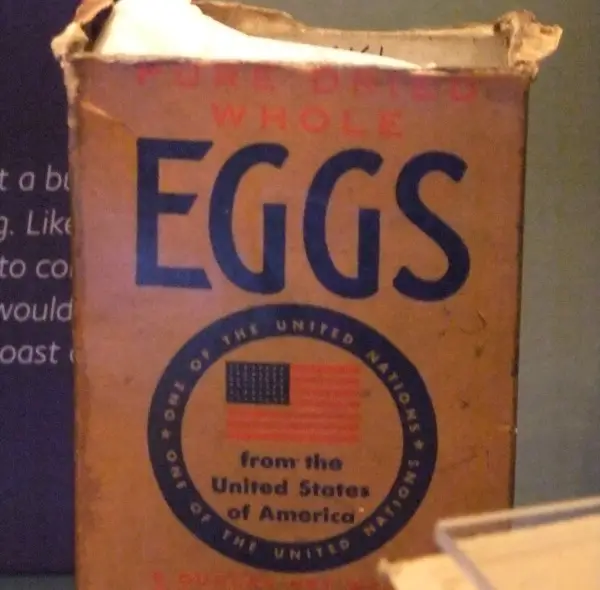
Fresh eggs were in short supply during the war, so powdered eggs became a common substitute. While they weren’t exactly the same as cracking a fresh egg, they got the job done. Housewives would mix the powder with water to make scrambled eggs, use it in baking, or stretch it out for a casserole. It was certainly an acquired taste, but it was better than going without.
4. Oatmeal and Porridge
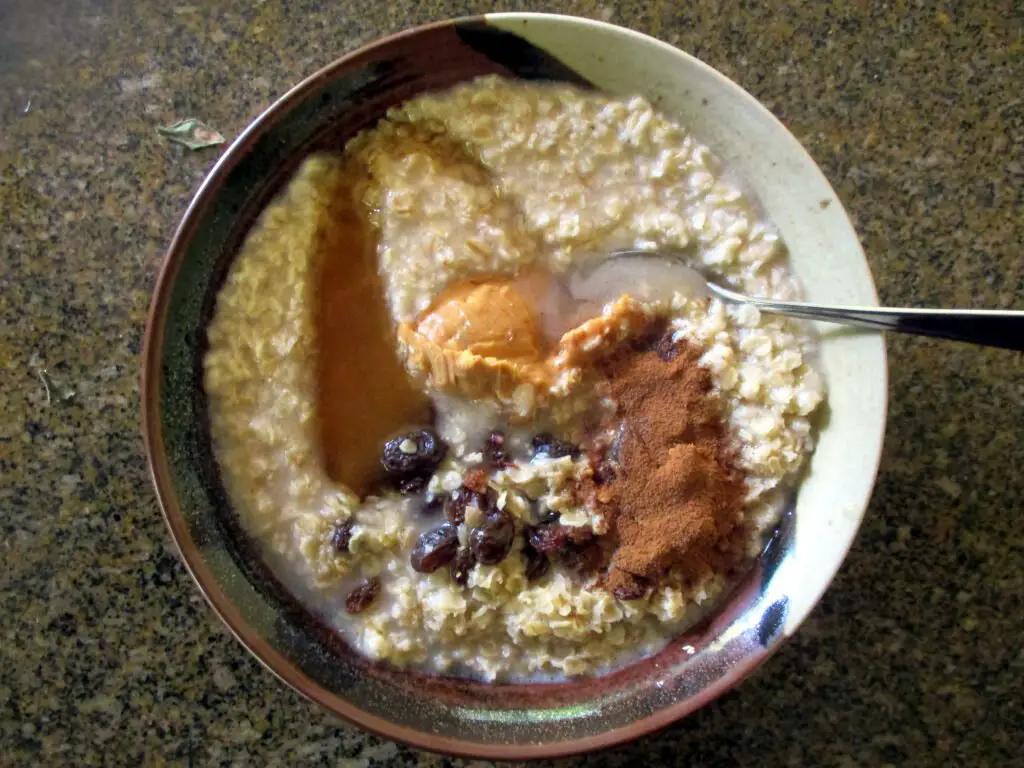
Grains like oats were a reliable, filling option during the war, and oatmeal or porridge became a breakfast mainstay. With milk and sugar often rationed, people would make do with whatever sweeteners they could find, from honey to molasses. It wasn’t fancy, but it was hearty and nutritious, giving families the energy they needed to get through their day.
5. Canned Meat Stew

With fresh meat rationed, canned meat stews were a common dinner option. These stews often contained a mix of meats like beef or pork along with root vegetables such as potatoes, onions, and carrots. Canned stew wasn’t the most flavorful, but it was easy to prepare and provided a warm, comforting meal when times were tough. Many families relied on these cans to stretch their limited supplies.
6. Dandelion Greens
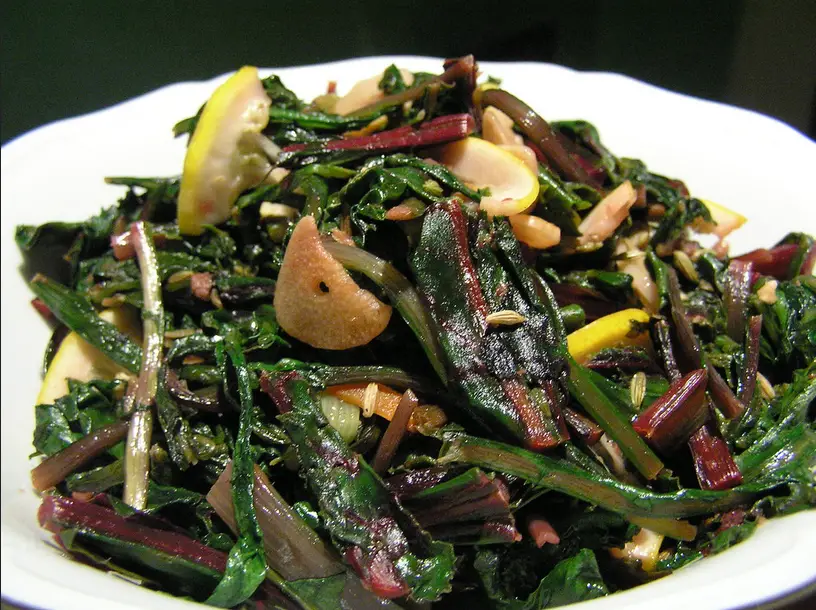
When vegetables were in short supply, people got creative with what they could find locally. Dandelion greens, which grew wild, became a surprisingly popular food. Rich in nutrients, they were often sautéed or boiled, served as a salad, or used in soups. Foraging for dandelions wasn’t glamorous, but in a time when store shelves were bare, it helped ensure people got enough greens in their diets.
7. Potato Peels
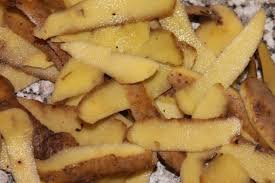
Every part of the food was put to use during WWII, and that included potato peels. Instead of tossing them, families would roast or fry the peels, turning them into crispy snacks or using them as a base for soups. Waste was unthinkable during this time, so finding creative ways to use every scrap of food was essential for survival.
8. Mock Apple Pie

One of the more inventive dishes from WWII was mock apple pie, made without apples due to rationing. Instead, families used crackers (like Ritz), sugar, cinnamon, and a bit of lemon juice to replicate the taste and texture of apple pie. While it wasn’t exactly like the real thing, it was a clever workaround that allowed people to enjoy a favorite dessert even when fruit was scarce.
9. Rationed Bread
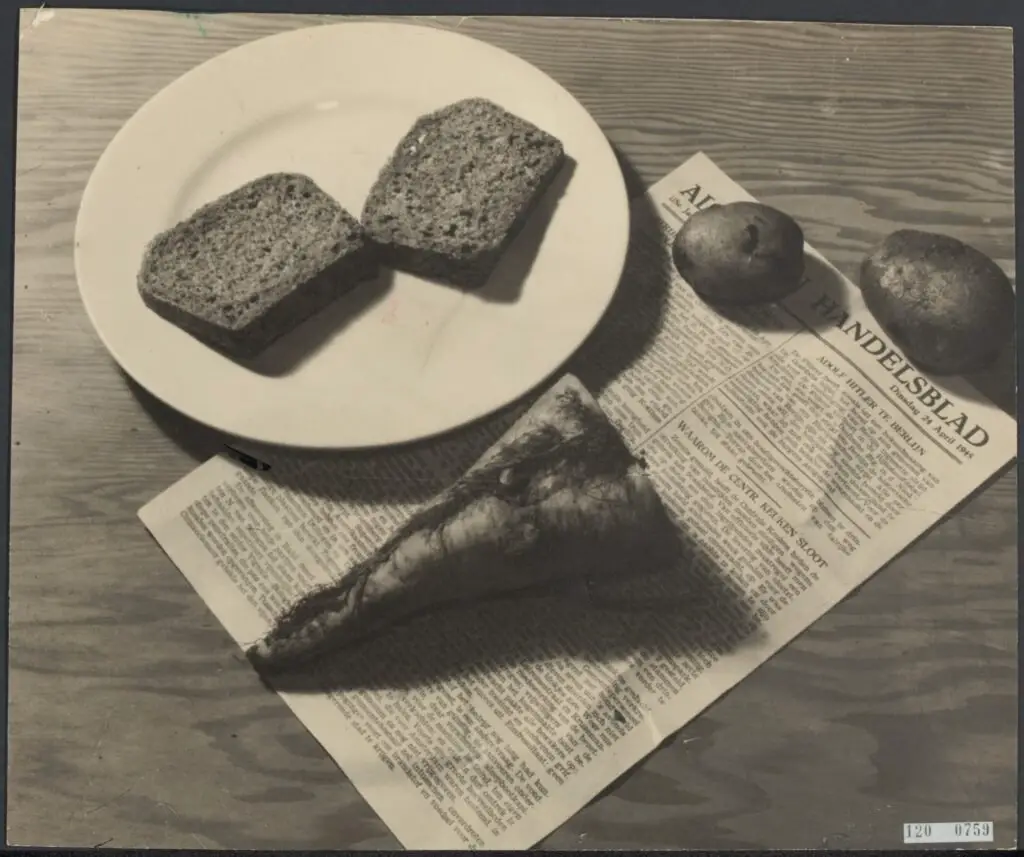
Bread was a vital part of the wartime diet, and families often made their own to stretch their rations further. Government-issued recipes suggested using substitutes like barley, oats, or potato flour to save on wheat, which was in short supply. The resulting bread might have been a little denser than usual, but it kept families fed and satisfied when traditional baking ingredients were hard to come by.
10. Cabbage Soup
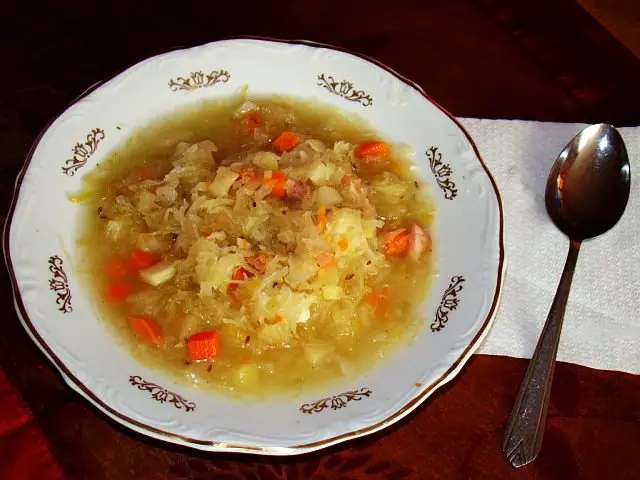
Cabbage was one of the most commonly available vegetables during WWII, and it often became the base for simple, hearty soups. Cabbage soup was filling, inexpensive, and could be made with whatever else was on hand, from potatoes to bits of leftover meat. Though plain by today’s standards, it was a vital source of warmth and nourishment in a time when little else was available.
11. Carrot “Marmalade”

With sugar rationing making jams and jellies a luxury, people turned to carrots as a substitute for fruit in marmalade. The natural sweetness of carrots, combined with a bit of lemon zest, created a spreadable treat that brightened up an otherwise bland breakfast. This carrot marmalade became a clever way to keep enjoying sweet preserves even when traditional fruit-based versions weren’t an option.
12. Cornmeal Mush
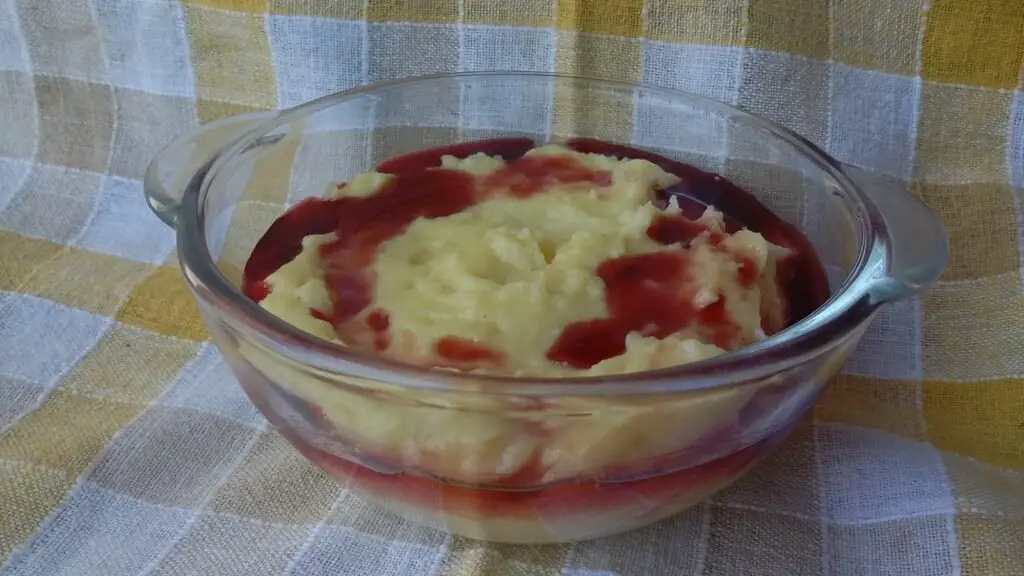
Cornmeal mush, a simple dish made from boiled cornmeal, was a go-to food for families looking for a cheap, filling meal. It could be eaten plain, fried, or topped with whatever bits of butter or syrup were available. Cornmeal mush might not have been exciting, but it was a lifesaver when food was scarce and needed to stretch a long way.
13. Sardines
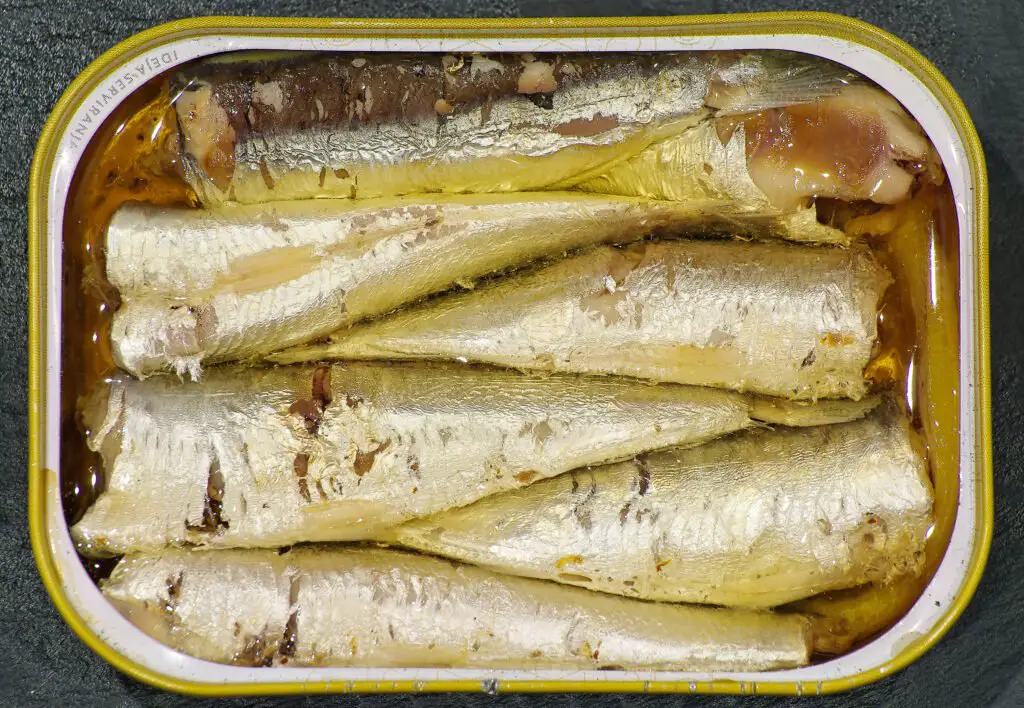
Tinned fish, like sardines, was another ration-friendly food that became a common part of wartime diets. Sardines were easy to store and packed with protein, making them a convenient way to get necessary nutrition. They could be eaten straight from the can, on crackers, or mixed into a variety of dishes to bulk up meals.
14. Wartime Cakes
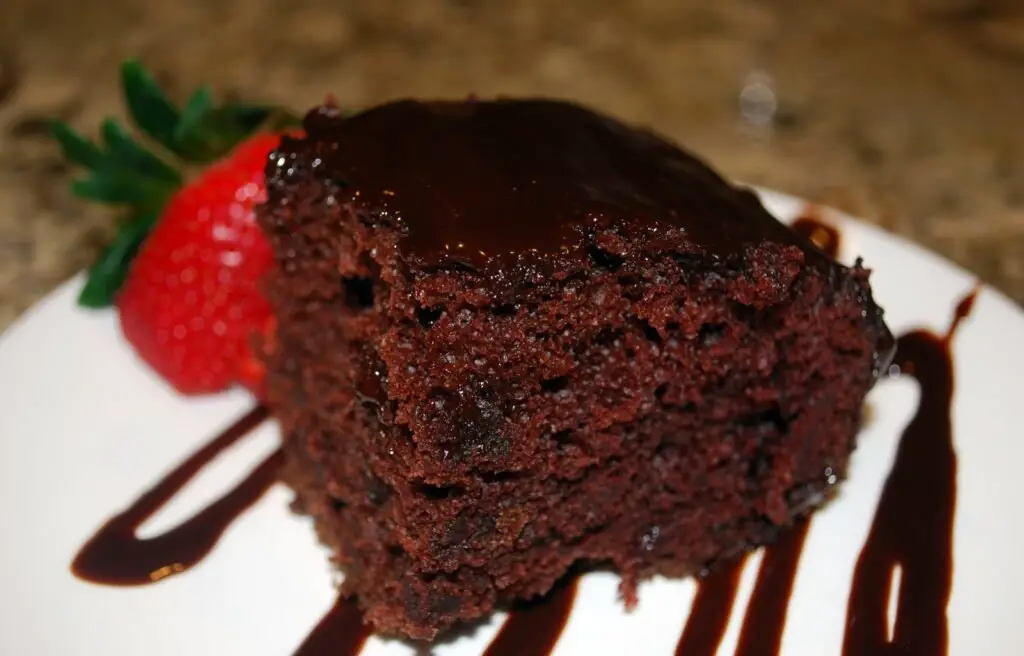
Wartime cakes, also known as depression cakes, were baked without eggs, butter, or milk, all of which were heavily rationed. Instead, home bakers used ingredients like vinegar, baking soda, and oil to make these simple, dense cakes. They weren’t as decadent as pre-war cakes, but they still provided a bit of sweetness during a time when treats were few and far between.
Though these foods may seem humble or even strange by today’s standards, they represented resilience, resourcefulness, and the power of community during WWII. Families came together, found ways to make do with what little they had, and turned simple, often rationed ingredients into meals that kept them going. The memories of these dishes remain a testament to the strength and creativity of that generation.


